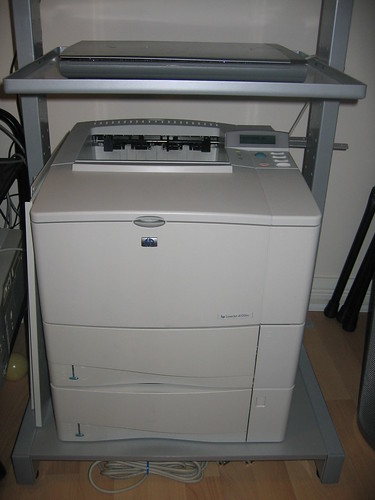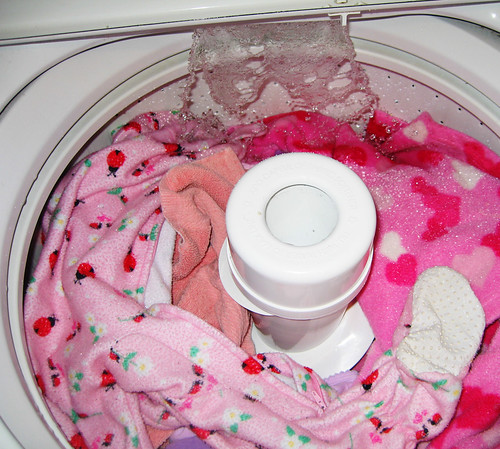A Nation Choking On Styrofoam
by Zeke Iddon
Styrofoam: The Pollutant People Forget About
It’s no surprise that our industrialized world has a problem with waste, but the scope of the issue can be mind-boggling to conceive. The U.S. alone is responsible for generating 200 billion tons of garbage every year, and an overwhelming amount of that is non-biodegradable waste that lingers in landfills or escapes into the world’s oceans. Plastic products are a major culprit, with Styrofoam leading the pack.

An amazing 25 billion Styrofoam cups are thrown away each year in the U.S.; once you add in egg crates, packaging peanuts, take-out containers, meat trays and other products, the number of Styrofoam products in landfills climbs even more.
What exactly is Styrofoam?
Most people are familiar with Styrofoam, the most common brand name for polystyrene foam. This lightweight foam is made from long chains of hydrocarbons. These are obtained through the polymerization of petroleum, which converts the fossil fuel into foam. The end result is a lightweight product with a low melting point but excellent insulating qualities, which is why it’s so popular in food packaging.
Aside from the polystyrene products that are thrown away by consumers, the production of polystyrene generates a substantial amount of waste as well. Altogether, the process creates 57 different chemicals, including liquids and gases, and many of these byproducts can cause health concerns among those in direct contact with them.
The Polystyrene Menace
Aside from the chemical waste created by manufacturing Styrofoam, the greatest problem with polystyrene is that it lasts essentially forever. In 500 years, the discarded cups and take-out containers thrown out today will still be sitting in landfills, essentially unchanged. This is because the polymerized styrene is resistant to photolysis, or the natural breaking down of a substance subjected to protons from a light source. In other words, while some objects degrade in the sun, petroleum-based plastics and foams do not.

Polystyrene is especially problematic because it’s lightweight. This increases its chances of blowing away from landfills or trash cans and finding its way into rivers, lakes and oceans. Once in the water, the polystyrene does indeed break down. In the process, it releases chemicals like bisphenol A into the water.
The Styrofoam itself also poses a threat to the environment. Marine wildlife often mistake plastic products for food, leading them to choke on bits of Styrofoam or die of starvation after obstructing their digestive tracts.
Taking Control of Waste
The risks of polystyrene production and disposal are becoming well-known, and many solutions have been offered to deal with the problem:
– An ingenious process perfected by the minds behind Poly2Petrol.com allows petroleum-based plastics, including polystyrene, to be broken down and converted back into oil. This oil can then be burned as fuel, reducing the overall demand for newly drilled oil while cutting down the amount of plastic waste. The project is still in its early stages, but as it catches on, this has the potentially to dramatically reduce the amount of petroleum waste entering the ecosystem.
– Some polystyrene products can be recycled. Recycling polystyrene is resource-intensive, however, and many community recycling initiatives are not equipped to handle these products. Only hard polystyrene, such as the kind used for packaging inserts, can be recycled. Any polystyrene that has been used to hold food cannot be recycled.
– Some polystyrene products can be reused. One example is packaging peanuts, which can generally be returned to a shipping company for additional uses. This is an imperfect solution as it can be inconvenient for the consumer, and it still does not solve the issue of food packaging and other polystyrene products, but it does offer slight relief to the overall problem.
– As more people become aware of the problems caused by plastic waste, they’re demanding alternative packaging. This is great news for both landfills and the limited oil reserves throughout the world. New technologies are developing biodegradable food packaging, and more people are opting to buy in bulk or reduce waste by using reusable items instead of disposable ones.
Ultimately, the solution to the plastic waste problem will be a multi-pronged approach combining recycling, fresh technology and public awareness. Only by educating people on the dangers of Styrofoam and similar products can we hope to achieve relief from the choking presence of non-biodegradable waste in our landfills and oceans.















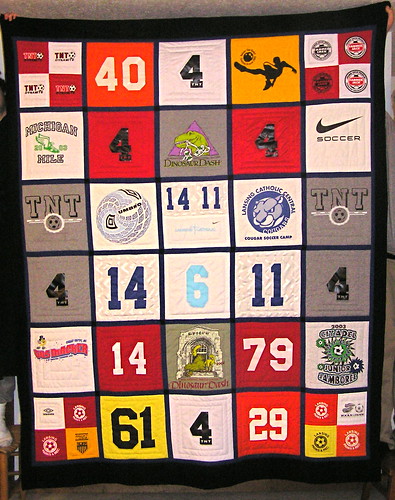 Photo by normanack via Flickr
Photo by normanack via Flickr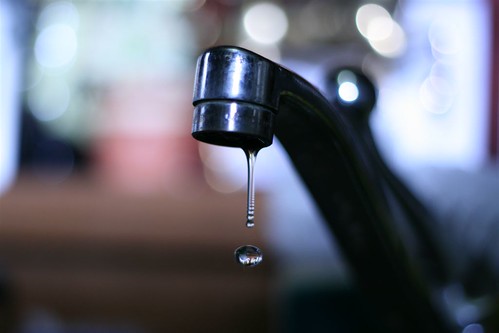 Photo by Cayusa via Flickr
Photo by Cayusa via Flickr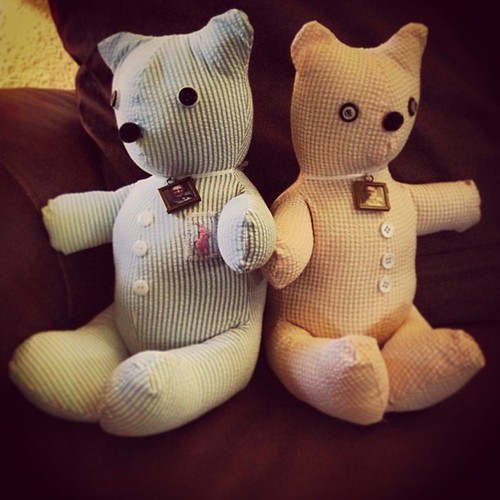 Photo by nashworld via Flickr
Photo by nashworld via Flickr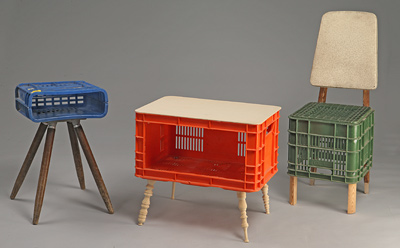 Photo by SOCIALisBETTER via Flickr
Photo by SOCIALisBETTER via Flickr
